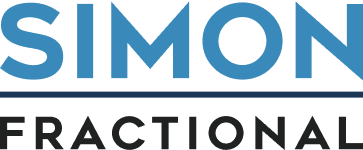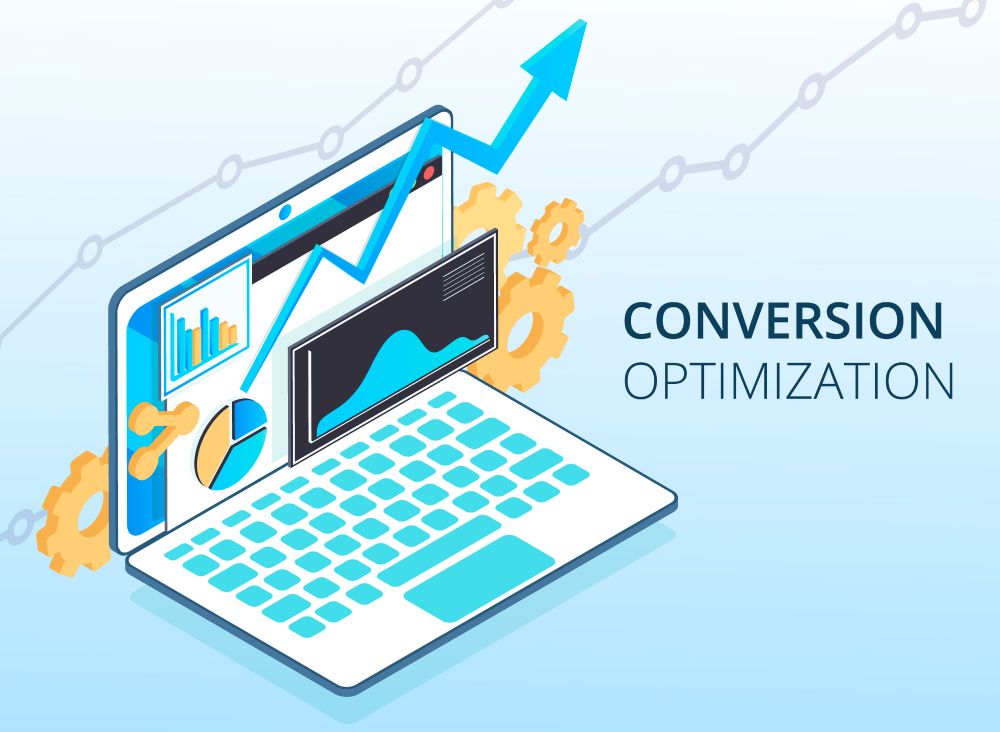Your website is the digital storefront for your B2B SaaS company. It’s often the first interaction potential customers have with your brand, and first impressions matter—a poorly optimized website can drive away prospects before they even consider your product.
According to a 2023 HubSpot study, 70% of B2B buyers research a company online before engaging with sales. If your website isn’t optimized for user experience (UX), conversion, and searchability, you’re losing valuable leads. This blog explores the key elements of website optimization and how to transform your site into a high-performing sales engine.
Why Website Optimization Matters in B2B SaaS
A well-optimized website doesn’t just attract visitors—it guides them through the buyer’s journey, educates them, and encourages action. Whether that’s booking a demo, signing up for a trial, or downloading a whitepaper, every aspect of your website should be designed for conversion. Key Benefits of Website Optimization- Higher Lead Generation – Websites with clear calls-to-action (CTAs) and intuitive navigation convert 2-3x more leads than poorly designed sites.
- Stronger SEO & Organic Traffic – Optimized pages rank higher on Google, bringing in more qualified traffic.
- Improved User Experience (UX) – Faster load times, mobile responsiveness, and structured content increase engagement and reduce bounce rates.
- Increased Trust & Credibility – A clean, professional site builds confidence, making users more likely to engage.
Key Elements of an Optimized SaaS Website
-
Clear, Concise Messaging
Your website should communicate what you do, who you serve, and why it matters—within 5 seconds of someone landing on your homepage. What to include:- A clear value proposition at the top of your homepage (Example: “The #1 AI-Powered CRM for Mid-Market SaaS Companies.”)
- An industry-focused tagline explaining how you help your customers.
- Bullet points showcasing key benefits (not just features!).
-
High-Converting Calls-to-Action (CTAs)
Your CTA should guide visitors toward the next step in their buyer journey. Best practices for SaaS CTAs:- Use action-oriented language: “Schedule a Demo,” “Start Free Trial,” “Download the Report.”
- Place CTAs above the fold, on landing pages, and within blog content.
- Use contrasting colors so CTAs stand out.
-
SEO: Driving Organic Traffic
Your website’s searchability determines how many potential customers find you on Google. 75% of users never scroll past the first page of search results, according to Backlinko. Essential SEO strategies:- Optimize for long-tail keywords (Example: Instead of “CRM Software”, use “Best AI CRM Software for SaaS”).
- Improve site speed (Google penalizes slow-loading websites).
- Use internal linking to boost engagement (Example: Linking your blog posts to product pages).
- Ensure alt text on images for accessibility and rankings.
- Focus on high-authority backlinks (Guest posts, industry partnerships).
-
Fast, Mobile-Friendly Performance
Google reports that 53% of users will abandon a website if it takes more than 3 seconds to load. Slow websites not only lose visitors—they also drop in search rankings. How to improve speed & mobile UX:- Compress images without losing quality (use WebP format).
- Implement lazy loading (only load images/videos when needed).
- Enable browser caching to improve speed.
- Use a mobile-responsive design—over 50% of B2B traffic now comes from mobile.
-
Landing Pages Optimized for Conversion
Landing pages are where visitors take action—whether that’s scheduling a demo, downloading a whitepaper, or starting a free trial. What makes a great landing page?- A clear benefit-driven headline (“Reduce churn by 30% with our predictive analytics.”)
- A compelling CTA (“Start Free Trial”).
- Minimal distractions (Remove unnecessary links or navigation).
- Social proof—testimonials, logos of existing clients.
-
Trust Signals & Social Proof
Visitors trust other customers more than they trust a company’s own claims. How to add credibility to your website:- Display customer logos of well-known brands.
- Include case studies and detailed testimonials.
- Showcase industry awards & certifications.
- Offer a money-back guarantee or free trial.
Common Mistakes to Avoid
- Cluttered Homepage – Too much text or too many CTAs confuse visitors.
- No Clear Navigation – If users can’t find what they need in 2-3 clicks, they leave.
- Lack of Mobile Optimization – Google prioritizes mobile-first indexing.
- Weak Messaging – If it takes more than 5 seconds to understand what you offer, your bounce rate will skyrocket.
Next Steps: How to Optimize Your B2B SaaS Website
- Conduct a website audit to identify weaknesses.
- A/B test CTA placements, messaging, and layout.
- Prioritize mobile optimization and page speed.
- Focus on SEO best practices to drive organic growth.
- Integrate trust signals—customer testimonials, case studies, and certifications.
Final Thought: Your Website is Your 24/7 Salesperson
Your B2B SaaS website is more than just an online brochure—it’s your most valuable marketing asset. By optimizing it for UX, speed, SEO, and conversion, you can turn traffic into revenue and outperform competitors. If you haven’t audited your website in the last 6 months, now is the time to make critical improvements.Doug Simon
My experience in B2B SaaS started in 2010 when I developed a first-of-its-kind product, creating an entire new category.
March 7, 2025
The Future of Sales Enablement: Aligning Teams to...
March 7, 2025


